All about the European Burmese cat breed

The first mentions of Burmese cats can be found in records that are more than 500 years old. Their native place of residence is Burma, a small Asian country with many Buddhist monasteries. This animal is unusually beautiful and graceful, has silk hair and an unusual muzzle.

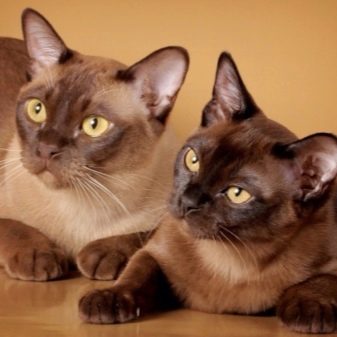
History of appearance
In the 1920s, one of the monasteries was attacked in Burma. 2 Europeans helped the monks to defend the temple. In gratitude, the monks presented them with 2 cats of an unusual chocolate color. It is believed that it was from these cats that the Burmese breed originated.
In 1934, the traveler Joseph Thompson brought a special cat with chocolate-colored silk hair to America. The scientist lived in Asia for a long time, and he was conquered by these graceful intelligent animals, distinguished by their extraordinary beauty. He crossed Burmese cats with Siamese cats, which were closest to them in phenotype. Kittens with the correct color were selected for further breeding.
In 1938, at the exhibition, the audience saw the Burmese breed for the first time. A cat with a graceful body, moderately thin paws and a dark chocolate color made a splash. In the same year, the Burmese cat was officially registered.
Today there are 2 lines of the Burmese breed: American and European, since their breeding took place almost simultaneously on 2 continents. The American type is characterized by a squat build, a more rounded body shape. The European Burmese has a somewhat elongated slender figure and a pointed muzzle.


Character and appearance
The exceptional appearance of the Burmese cat resembles a panther with its grace, dark color, unusual look. The animal has a muscular body, long legs, an even tail with a rounded tip, a slightly pointed muzzle with straight ears and large bright eyes. The hair of a cat is similar to silk: soft, dense, thin, without undercoat. The skin shimmers like a satin fabric, and shines extraordinarily beautifully.
The most coveted shade is deep chocolate. Cats of this color are the most expensive.

And also the Burmese breed can have sable, blue, lilac wool. The European breed line has several more colors: cream, tortoiseshell, red. The color of the cat is uniform, darker on top than below, but without abrupt transitions, spots and streaks.
Burmese cat is considered one of the most intelligent and careful. They are non-aggressive and rather patient, release their claws only in exceptional cases. This is a very friendly affectionate animal that always loves to be in a company. They are also very talkative, meow and purr a lot and with pleasure, answer the owners.
In the description of the character of the Burmese, one can also add that these cats are quite curious and playful. They get along well with children, are non-aggressive towards them, understand everything that is told to them. Burmese cats do not tolerate parting with their beloved owner, they do not like loneliness. In addition, they are quite stubborn and have their own opinion on everything, for example, they decide for themselves where to sleep or what to play with, but they only go to the toilet in their own litter box.


The diet
Correct and balanced nutrition depends not only on the appearance of the animal and its health, but also on life expectancy. The Burmese cat has a unique coat that should be looked after, its condition is directly dependent on nutrition. Cats and cats of this breed must be fed either natural food or professional premium or super premium food (dry and wet).
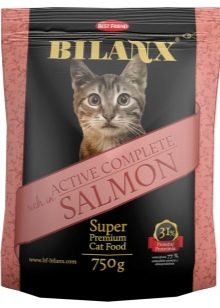


For each age of the cat there is a different kind of food. It can also be subdivided into neutered or neutered pet food, pregnant cats.
If you decide to feed your pet with natural food, then you should carefully consider the diet and free up time to prepare food for your pet. The Burmese can be fed:
- lean boiled meat (beef, chicken);
- quail eggs;
- low-fat dairy products;
- sea fish (boneless fillets) - once a week;
- boiled liver.

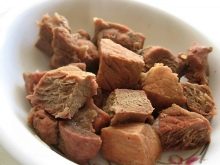

You cannot feed cats food from your table if it is salty, fried, fatty, with spices. This food will significantly undermine your pet's health. With such a diet, animals should be given special vitamin and mineral complexes and supplements for dental health. An adult cat can eat 2-3 times a day, kittens and pregnant cats - up to 6 times, depending on age, weight and type of food.
Burmese cats, like other breeds, have their own genetic diseases. Most often, they have gingivitis - a disease of the gums and teeth. Therefore, the pet's diet must contain special dry food (for the health of the oral cavity), with the help of which the teeth are cleaned from the stone and the gums are massaged.
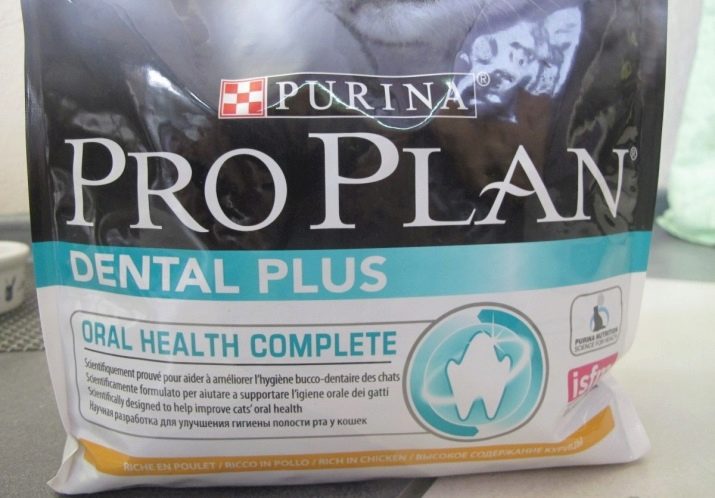
Features of castration and sterilization
Removing the reproductive organs of domestic thoroughbred cats and cats is a mandatory step for the owners, which will help preserve the health of their beloved pet and prevent the appearance of genetically unhealthy offspring.
Neutering involves ligating the fallopian tubes in cats and the vas deferens in cats. At the same time, the natural call in animals remains, as sex hormones continue to be produced. Therefore, it is better to opt for complete castration. Then the animal will not experience stress, its life will become calmer.... In addition, during sterilization and castration, the intervention takes place in the same volume and under general anesthesia.
In cats, castration takes a little longer than in cats, since they require abdominal surgery. It lasts approximately 20 minutes. Recovery takes 5 to 10 days. A small wound should be treated with antiseptic agents daily. All this time, the cat must be in a blanket so that she does not have the opportunity to lick the seam. On day 10, the stitches and blanket are usually removed.

Castration in cats takes 7-10 minutes. The operation is easier and the recovery period is shorter. Within 3-5 days, the traces of the operation heal without a trace.
The behavior and character of pets after such an operation does not change, contrary to misconceptions. The animal grows up, becomes calmer and more affectionate, but all other traits and character traits remain.
The only unpredictable moment during castration may be the individual reaction to anesthesia.
How to care?
Burmese cats have an amazingly beautiful coat: soft and silky. It is not difficult to take care of her, but this should be done periodically so that the animal is neat and healthy. Every day, the pet must be wiped with a slightly dampened soft cloth or a piece of natural suede - this will remove excess hairs and the coat will shine.
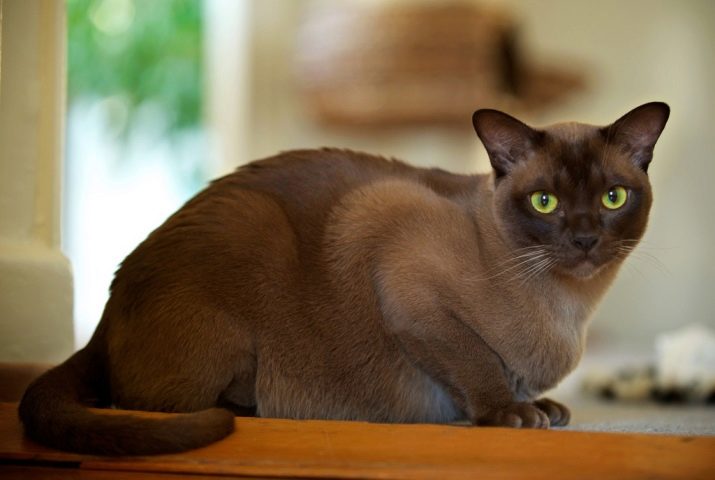
Once a week, you can brush the cat with a special brush or mitt with an antistatic agent intended for animals. This procedure is similar to a massage, it has a relaxing effect and heals the coat.
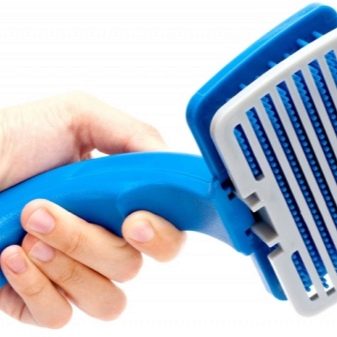
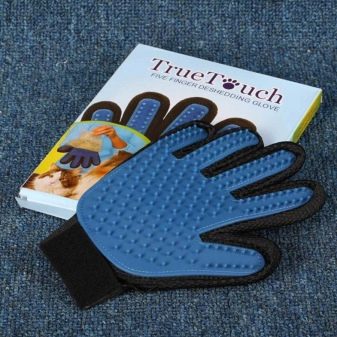
You need to bathe the animal as it gets dirty, but not more often than once a month, since the cats themselves are clean. To wash Burmans, you should select mild nourishing shampoos, for example, based on coconut oil and lanolin.
Flights
Breeders of thoroughbred animals can arrange a flight or relocation of a pet to almost anywhere in the world. To do this, you need to prepare all the documents in advance and visit the veterinarian. Before the flight, the veterinarian will examine the animal, deliver the necessary vaccinations, carry out the collection of tests and deworming. In addition, the doctor will provide the necessary certificates, draw up the animal's passport, if one is not available. It should be remembered that the validity period of veterinary certificates is limited in time.
Burmese cats, like any others, rather poorly tolerate the flight, since for them this is a lot of stress... Do not give the animals sleeping pills or sedatives on their own. All medications must be discussed with the doctor before departure, he will prescribe the appropriate dosages and medications.
The cat must fly in a special container or carrier - this is a requirement of any airline.

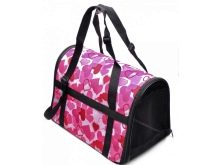

You should bring enough clean drinking water with you so that your pet can quench its thirst at any time.
It is better to feed the animal before departure, and be sure to put baby absorbent diapers and your pet's favorite toy in the carrier. For the flight you will need:
- veterinary passport of international standard;
- vaccination marks;
- stool analysis;
- veterinary certificate (N 1).
Flight with any animal is paid. If the animal needs to be transported abroad, then it needs to be supplied with an electronic chip, which is installed in the veterinary clinic, and also to issue the airline's permission for the flight in advance. You can take your pet on board for the first time only after it reaches the age of 3 months. Flying with a pet is like flying with a small child, so you should carefully monitor the condition of your pet and not worry.
The cat owner's story about the European Burmese, see below.



























